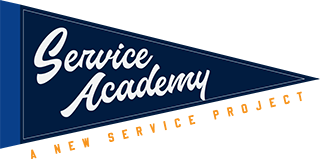
It was a mural on a schoolyard wall in rural Costa Rica that changed everything.
We had traveled there with a group from St. George’s, paintbrushes in hand and good intentions in our hearts. The plan was simple: beautify the school, make a difference, return home with photos and stories. But something unexpected happened when we asked the students what they wanted to see on their wall every day.
As we collaborated with those children—learning their dreams, understanding their daily reality, witnessing their joy when their ideas took shape in color—we discovered something profound. For Thomas, it was the personal connections that transformed him, the way shared creativity dissolved the barriers of language and culture. For Ryan, it was recognizing how this simple act of collaborative service could develop leadership skills and create lasting positive impact.
That experience sparked a question that would reshape our lives: “How can we best use what we have make a meaningful difference?”
Over the past three years, through Service Academy‘s evolution from a non-profit we founded in high school to a global journey of discovery, that question has transformed into something deeper: “How can we create the conditions for individuals and communities to make their own difference?”
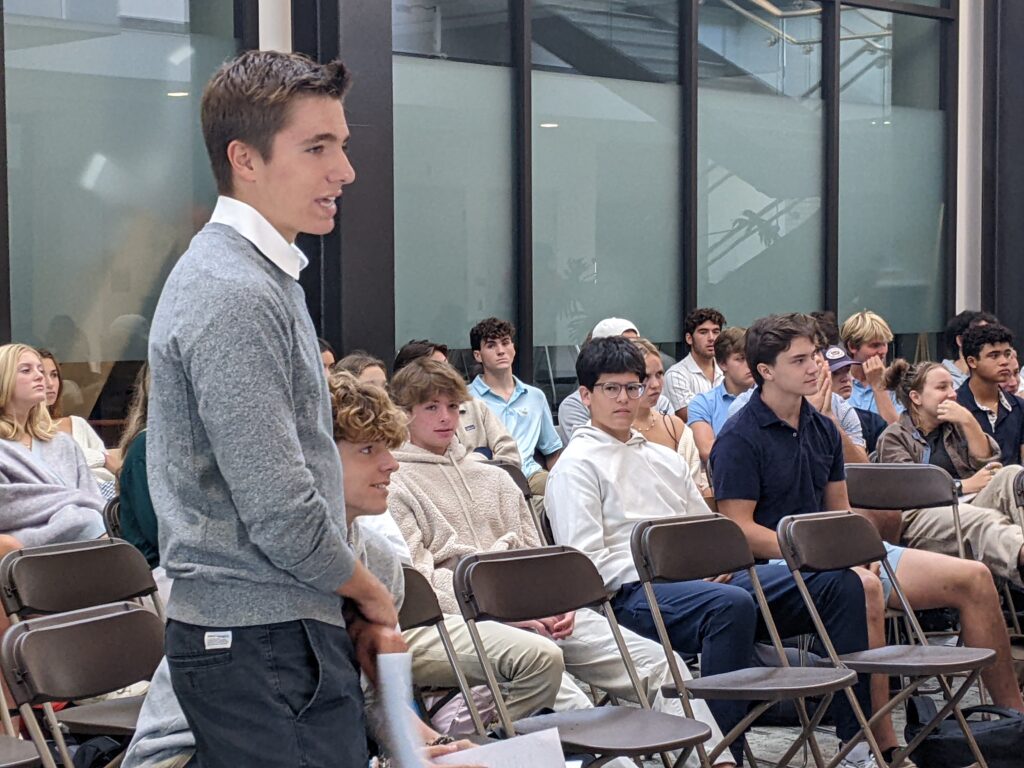
The Foundation Years
What started in the early days of the pandemic as a simple idea became something much larger during our time at St. George’s School. In many ways, our understanding of youth engagement—and the systems that shape or suppress it—took root in that community.
We launched Service Academy because we saw a disconnect. Youth service had become a checkbox, a resume line, hours logged without heart. We watched our peers complete “mandatory service” with all the enthusiasm of taking out the trash.
Something was broken in how young people engaged with their communities.
Our early blog posts wrestled with this challenge. “What is New Service, anyway?” we asked, reframing service as something exciting, transformative, purposeful. We developed frameworks, created resources, and wrote manifestos.
But the more we explored and tested ideas at St. George’s, the more we realized: the problem wasn’t that young people didn’t want to serve. It was that the system wasn’t designed for them to self actualize through the available service opportunities. Service had become something done to communities, not with them. Something many young people endured, not embraced.
To the people, the teachers, the classmates, and the administration at St. George’s who helped shape this work: thank you. You gave us the space to try, to fail, to learn, and to build something real. Without your support, Service Academy would have remained just another good intention.
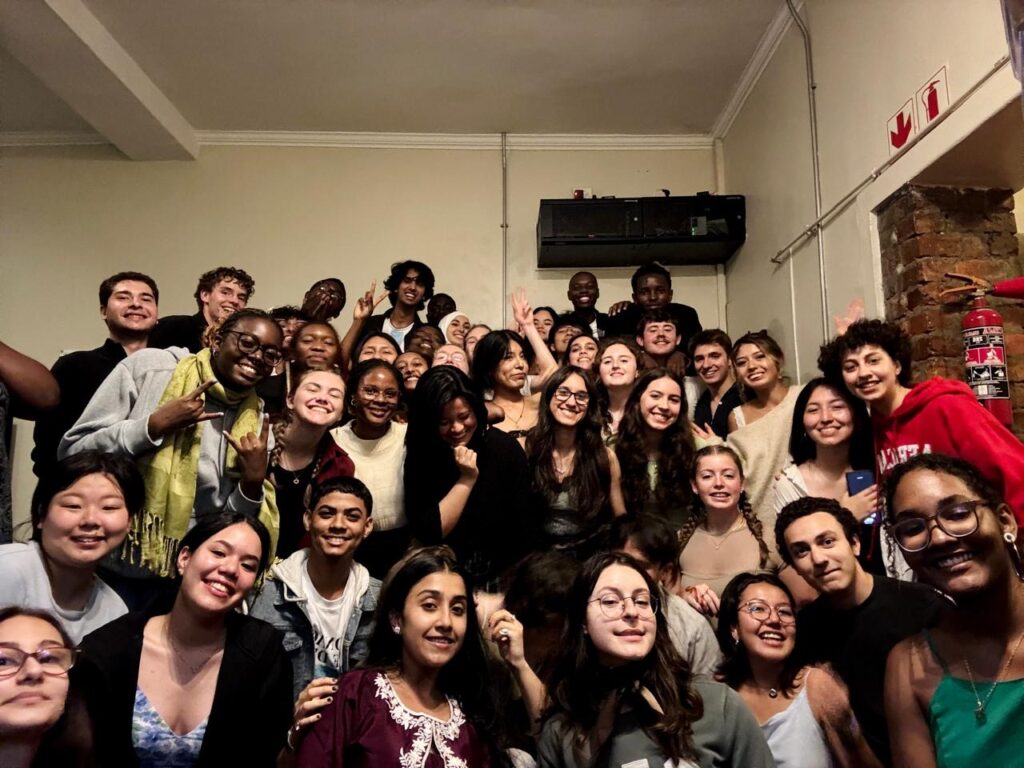
Amplifying Voices
If our blog posts were us sharing our passion on youth service, our podcast was us listening.
The Service Academy Podcast became our classroom, and social innovation leaders became our teachers. Each conversation expanded our understanding of what service could be:
Alessandra Orofino taught us about the “participation revolution”—how lowering barriers to engagement could transform entire communities. Her work with NOSSAS in Brazil showed us that technology could democratize activism.
Nicola Galombik and Maryana Iskander demonstrated through Harambee how to make systems work better by starting with those the system had failed. Their approach to youth unemployment in South Africa—meeting young people where they were, not where we wished they were—revolutionized our thinking.
Wendy Kopp showed us the power of bold vision combined with systematic execution. Teach for America and Teach for All proved that young people, given the right support and framework, could address educational inequity at scale.
Sara Deren‘s work with Experience Camps taught us that service often emerges from our deepest wounds. Her transformation of personal grief into healing spaces for children showed us that authentic service requires vulnerability, connecting service with community, not to community.
David Battey from Youth Volunteer Corps demonstrated the importance of building on what exists rather than starting from scratch. His systematic approach to youth engagement—creating structures that convert good intentions into sustained action—became a model for our own engagement.
Tristan Harris challenged us to think about the ethics of the systems we build. His work on humane technology forced us to consider: as we create platforms for engagement, how do we ensure they serve human flourishing?
Dr. Chad Nelsen from the Surfrider Foundation demonstrated how local chapters can maintain passionate grassroots activism while centralized legal efforts sustain long-term campaigns, gather strategic insights, and achieve victories that can be replicated in other communities.. His model of distributed leadership with centralized support offered a blueprint for scaling impact.
Will MacAskill‘s effective altruism philosophy pushed us to think rigorously about impact. It wasn’t enough to mean well—we had to measure well, think clearly, act strategically.
Through highlighting these leaders, we discovered the power of storytelling in service. Each episode was more than sharing strategies; we explored their journeys—the failures that taught them, the moments that transformed them, the communities that shaped them. We learned that service isn’t about having answers; it’s about asking better questions and listening deeply to the responses.

Building Community
Theory became practice when we stepped out from behind our microphones and into real communities of changemakers.
At the Youth Volunteer Corps Summit in Tulsa, we witnessed the power of bringing together young service leaders from across the country. The visit to the Greenwood Rising museum—standing on the site of the Black Wall Street massacre— we gathered afterward to process what we’d seen, the quality of reflection from students as young as 12 left us stunned. Their emotional intelligence, their ability to hold complexity, their commitment to justice—it showed us what happens when young people are given space to grapple with difficult truths together.
Our participation in Catalysing Change Week connected us to a global network of systems change leaders. Presenting alongside Michael Broschart from Teach for America Rhode Island, Betsy Calmer from Youth Volunteer Corps, and Lilian Smith from Harvard SWAN, we explored how to prepare young people to become systems change leaders. The conversations that emerged—about moving from sympathy to empathy, from programs to platforms, from providing solutions to enabling communities—shaped everything that followed.
These experiences taught us that individual passion, while necessary, isn’t sufficient. Real change requires networks, coalitions, and communities of practice. It requires what YVC had built: a structure that channels individual energy into collective impact. It requires what Catalyst 2030 embodied: a global community committed to the Sustainable Development Goals, sharing resources and lessons across borders.
The importance of networks in scaling impact became undeniable. We saw how ideas could spread, how local innovations could become global movements, how young people supporting each other could accomplish what none could achieve alone. Community wasn’t just nice to have—it was the medium through which change happened.
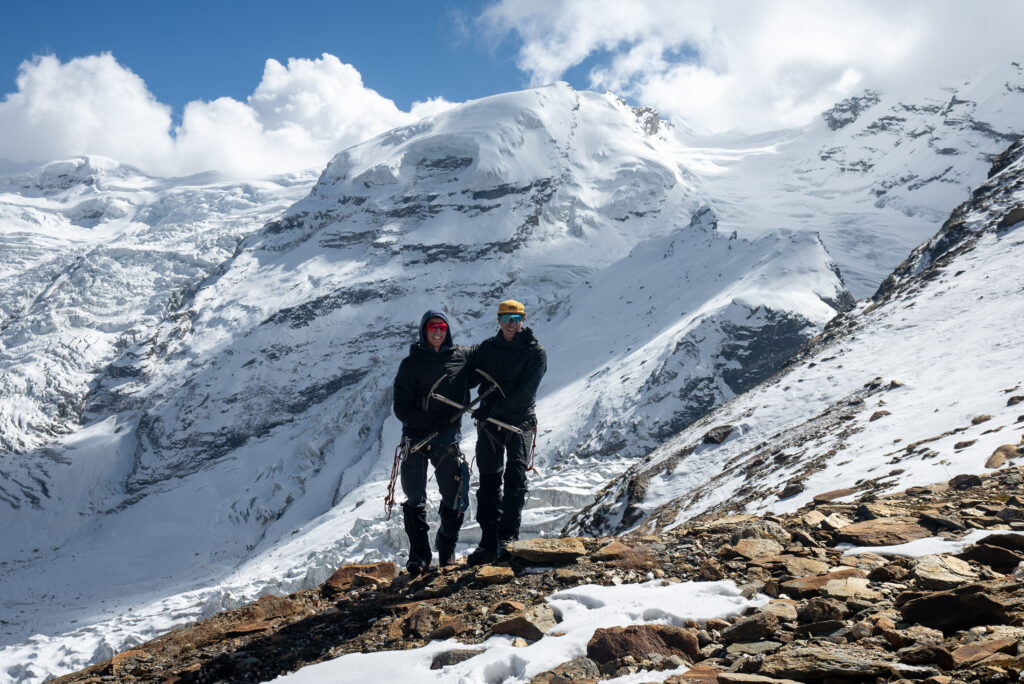
The Gap Year Transformation
If the first phase of Service Academy was about building outward, our gap year forced us to build inward. Across continents, through challenge and discovery, we learned that real service isn’t just about what you give—it’s about how you grow. It’s about how you come to know yourself.
Portugal: Preparing for the Unknown
Our gap year began with a paradox. We, the planners, the organizers, the framework builders, had to learn to embrace uncertainty. Living in Portugal with our family while preparing for the adventures ahead, we discovered that sometimes the best preparation is learning to be unprepared.
The Portuguese concept of “desenrascar”—the art of finding creative solutions in the moment—became our first lesson. Navigating bureaucracy in a foreign language, adapting to a different pace of life, learning to find comfort in discomfort—these small daily challenges prepared us for the larger transformations ahead.
Himalayas: Simplicity and Collective Purpose
Forty days in the Himalayas stripped away everything nonessential. No phones. No distractions. Just mountain, team, and purpose.
At 18,000 feet, tethered together by rope as we crossed glaciers, we discovered what collective purpose really means. Our survival depended not on individual strength but on moving as one. The slowest member set the pace. The strongest carried extra weight. Everyone’s safety depended on everyone else’s attention.
The communities we encountered in remote villages operated on principles that challenged our Western notions of service. There, helping others wasn’t noteworthy—it was simply what they did. People didn’t say “thank you” in the context of service because gratitude was assumed in the reciprocity of community life.
This experience shattered our assumption that service was something special we did. Instead, we learned it was a way of being, as natural and necessary as breathing.
Switzerland: The Duality of Teaching and Learning
If the Himalayas taught us about collective purpose, Switzerland taught us about individual transformation through teaching.
Training as ski instructors, we inhabited a unique position: simultaneously student and teacher, learning techniques while learning to teach them. This duality revolutionized our understanding of mentorship and knowledge transfer.
Thomas’s story of the reluctant Dutch boy became emblematic of our discovery. This child, who initially refused to engage, taught us that caring follows engagement, not the other way around. You don’t wait for someone to care before you connect with them—you create the conditions for connection, and through that, caring emerges naturally.
We learned that effective teaching isn’t about transferring information; it’s about creating circumstances where learning becomes inevitable. Every student we taught—from terrified beginners to overconfident intermediates—reinforced this lesson. Our role wasn’t to push knowledge into them but to set up situations where they could discover their own capability.
South Africa: Systemic Change in Action
South Africa brought everything together. The Take Action Lab community of 50 fellows from 35 different countries who lived together but worked separately in internship around Cape Town, will be lifelong friends and collaborators.
At Bush Radio, Ryan witnessed how community media could amplify marginalized voices, creating platforms for communities to tell their own stories rather than having stories told about them. Through SOZO Foundation, Thomas experienced how human-centered design could enable communities to solve their own challenges.
Working alongside local changemakers who had lived through apartheid and its aftermath, we saw how real systemic change happens: slowly, persistently, through countless small acts of courage and creativity. We learned that sustainable change isn’t imposed from outside but grown from within, nurtured by those who understand the context most deeply.
The concept of “Ubuntu”—I am because we are—captured something we’d been grasping toward throughout our journey. Individual transformation and collective transformation aren’t separate processes; they’re interdependent, each enabling the other.
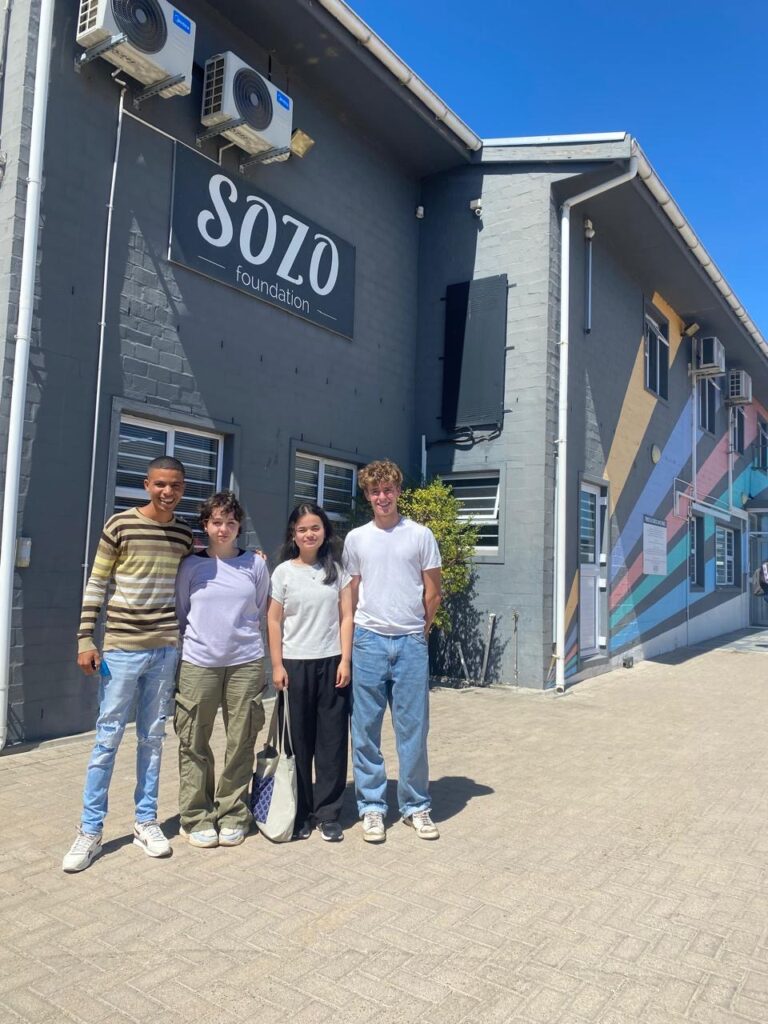
Key Insights
Through three years of exploration—from the SE@SG club (Social Entrepreneurship at St. George’s) to conferences, from blog posts to podcasts, from oceans to mountain peaks—certain truths have crystallized:
1. Service is not something you do, but something you become
We started Service Academy thinking we could build better service programs. We discovered instead that service is a way of being in the world. It’s not an activity you schedule; it’s a lens through which you see every interaction. The most powerful service happens not in designated volunteer hours but in how you show up in every moment.
2. Engagement must precede caring
Our ski instructor training revealed this counterintuitive truth: you can’t wait for people to care before you engage them. Engagement—real, present, committed engagement—creates the conditions for caring to emerge. This applies whether you’re teaching a five-year-old to ski or mobilizing a community around a cause.
3. The best systems enable rather than provide
From Harambee’s employment model to Bush Radio’s community platform, we saw that sustainable impact comes from systems that enable communities to solve their own challenges rather than solving challenges for them. The shift from provider to enabler is the shift from charity to justice.
4. Cross-cultural understanding is essential for innovation
Every culture we encountered—from Himalayan villages to Swiss ski resorts to South African townships—had unique wisdom about community, service, and human connection. Innovation happens at the intersection of these different ways of knowing. The future demands leaders who can navigate and synthesize across cultural, ideological and personal boundaries.
5. Young people need agency, not just opportunities
It’s not enough to create volunteer opportunities for youth. Young people need genuine agency—the power to identify challenges, design solutions, and implement change. When given real responsibility and trust, young people consistently step-up and exceed expectations.
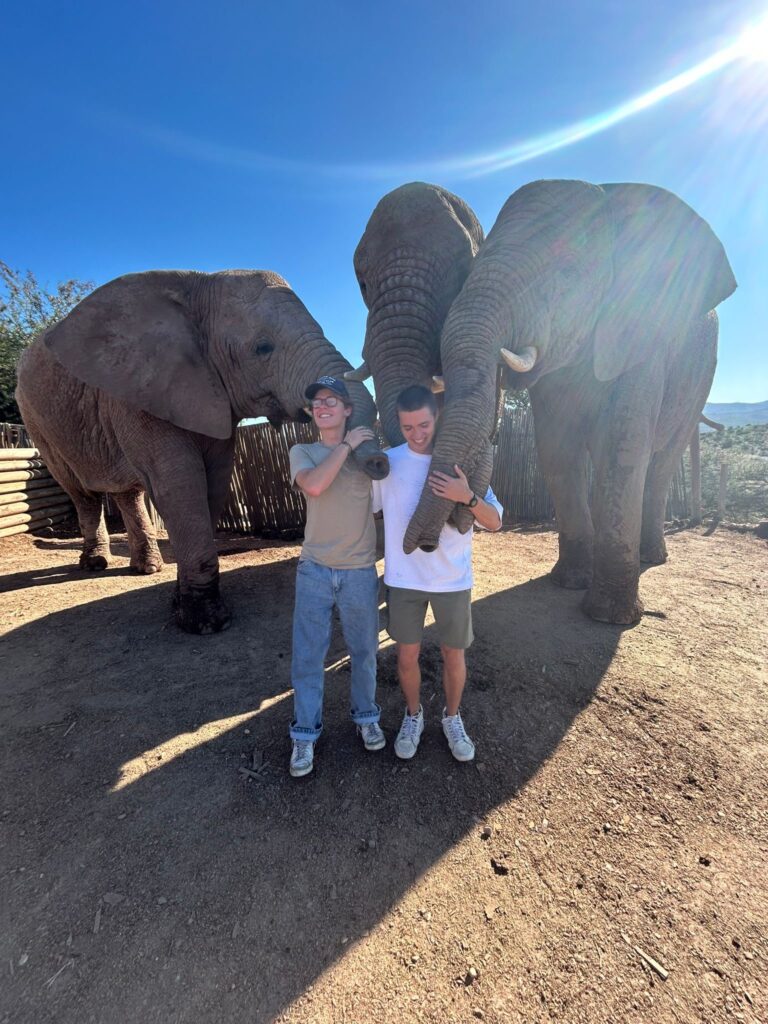
The Evolution Continues
As we prepare to begin our next chapters—Ryan at Duke, Thomas at the University of Miami—we carry these lessons forward. They shape not just what we’ll study but how we’ll approach every challenge ahead.
For Ryan, the intersection of mathematics, computer science, and philosophy isn’t an abstract academic pursuit—it’s a toolkit for understanding and addressing complex social systems. The algorithms he’ll study are patterns for organizing human potential. The philosophy he’ll explore provides frameworks for ethical decision-making in technological contexts.
For Thomas, engineering and design become languages for building solutions that honor both human needs and human dignity. His approach—technical excellence grounded in deep empathy—emerged from teaching terrified beginners to trust themselves on steep slopes, from witnessing how communities innovate with limited resources.
Service Academy’s resources—our podcast episodes, blog posts, frameworks, and tools—remain available for anyone ready to reimagine service in their own context and communities. But more importantly, the principles we’ve discovered together live on through everyone who’s been part of this journey.
We’re not stepping away from the mission that launched Service Academy. We’re stepping more deeply into it. Our classrooms become laboratories for testing these ideas. Our communities become contexts for applying these principles. Our careers become vehicles for systemic change.
To everyone who dreams of more meaningful youth engagement, who believes young people can reshape how we understand service, who knows that communities have the wisdom to solve their own challenges—we invite you to carry this torch forward. Take what we’ve learned, add your own insights, and create something even better.
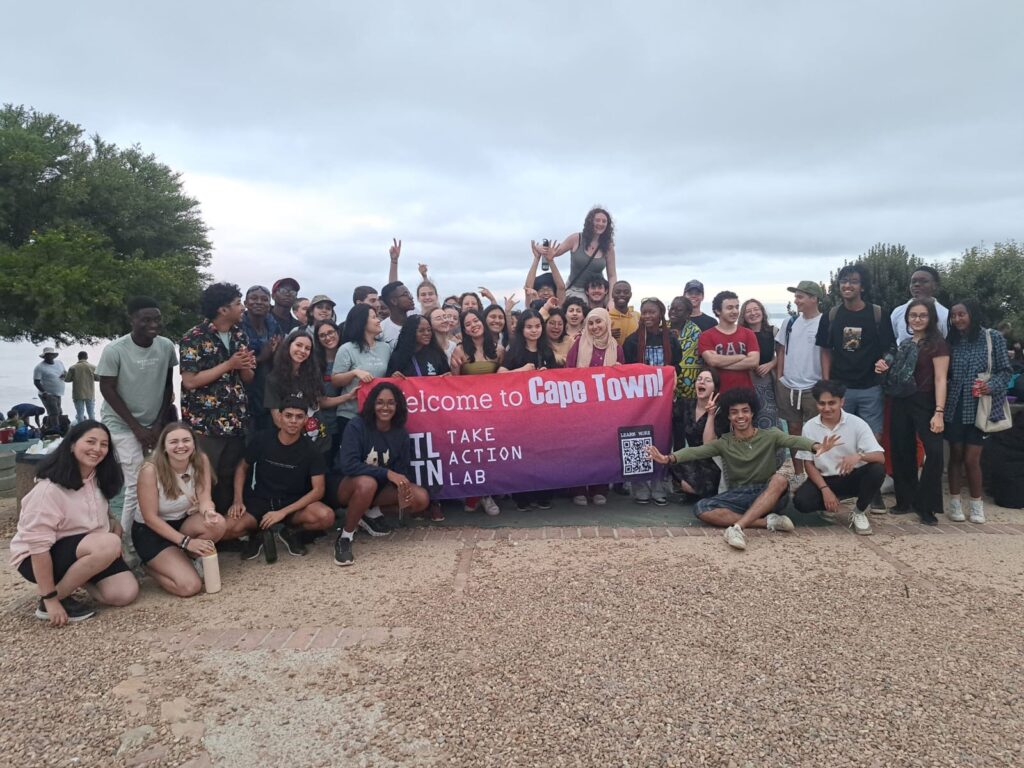
In Conclusion…
We want to thank everyone who has been part of this journey. Mentors who believed in us when our ideas were half-formed. Teachers who pushed us to think more rigorously. Friends who listened to moonshot ideas with patience and enthusiasm. Strangers who became collaborators. Readers who kept coming back, kept engaging, kept pushing us to go deeper.
You didn’t just support Service Academy. You helped shape who we are becoming.
The question that launched Service Academy—”How can we make a difference?”—has transformed through every experience, every conversation, every challenge. It’s no longer about what we can do for communities. It’s about how we can create conditions for communities to thrive on their own terms.
From “How can we help?” to “How can we enable?” From building programs to becoming the change. From Service Academy as an organization to Service Academy as a way of being in the world.
This isn’t an ending. It’s an evolution. The principles we’ve discovered, the community we’ve built, the possibilities we’ve glimpsed—they continue through everyone who chooses to see service not as an obligation but as an opportunity for mutual transformation.
Service Academy showed us what’s possible when young people are given the trust, tools, and platforms to reimagine engagement. Now it’s time to live those possibilities.
The journey continues—through us, through you, through everyone who believes that service, at its best, transforms both server and served.
While Service Academy as a formal organization enters a new phase, our commitment to reimagining youth service continues. Follow our individual journeys and insights on LinkedIn: [Ryan Growney] | [Thomas Growney]
Thank you for growing with us. Thank you for believing in the power of youth to reshape how we understand service, community, and change.
Something beautiful is beginning.
—Ryan & Thomas Growney
Co-founders, Service Academy
